Research and Teaching Facilities
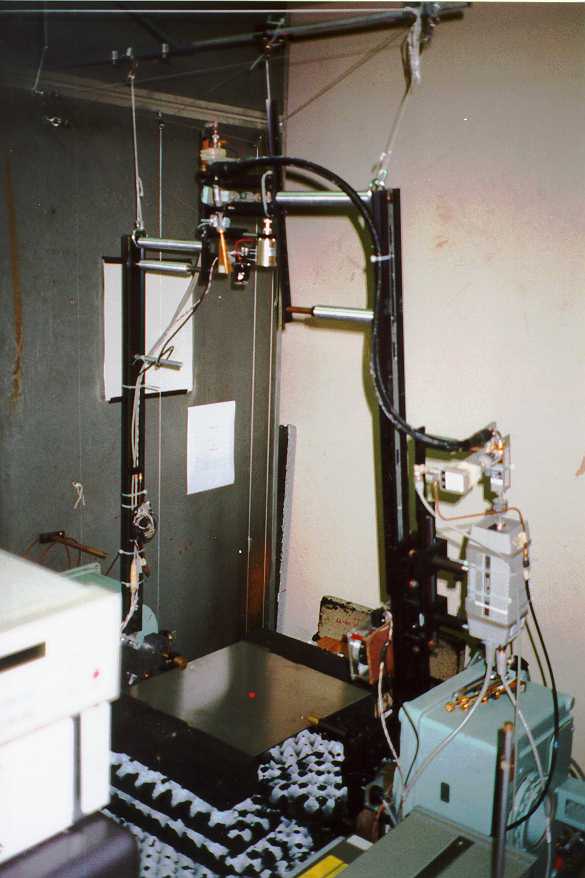
The millimeter-wave (MMW) bistatic scatterometer at
the University of Washington is based on the
HP8510C MMW vector network analyzer (VNWA).
Extensive modifications were made to the front-end part of the system to convert
it to a fully polarimetric scatterometer setup. The HP83621 synthesized
frequency sweeper generates a microwave signal from 12.5 to 18.3 GHz. The
amplified and frequency-leveled microwave signal is then multiplied by 6 to the
MMW frequency, 75-110 GHz. In a fully polarimetric operation, the transmitted
signal polarization is controlled by a rotational angle of a lambda/2 wave plate
in front of the transmitting antenna. The two orthogonal polarizations received
by the dual-polarized receiving antenna are down converted by harmonic mixers.
Positioning Systems
Both
Tx and Re antennas are mounted on the
stepping-motor-controlled Scientific Atlanta stages. The Re antenna can be moved
from -100 to +100 degrees with an angular resolution of less than 0.1 degrees.
This allows the users to conduct both transmission and near-grazing experiments with the same system. The Tx
antenna stage can be moved so that the receiver can be placed at any point on a
hemispherical shell surrounding the sample. The sample is mounted on the
rotational or translational stage and placed at the center of rotation of the Re
antenna. The maximum size is 1 meter in diameter and 20 cm in thickness.
 CAD/CAM Rough
Surface Fabrication System CAD/CAM Rough
Surface Fabrication System
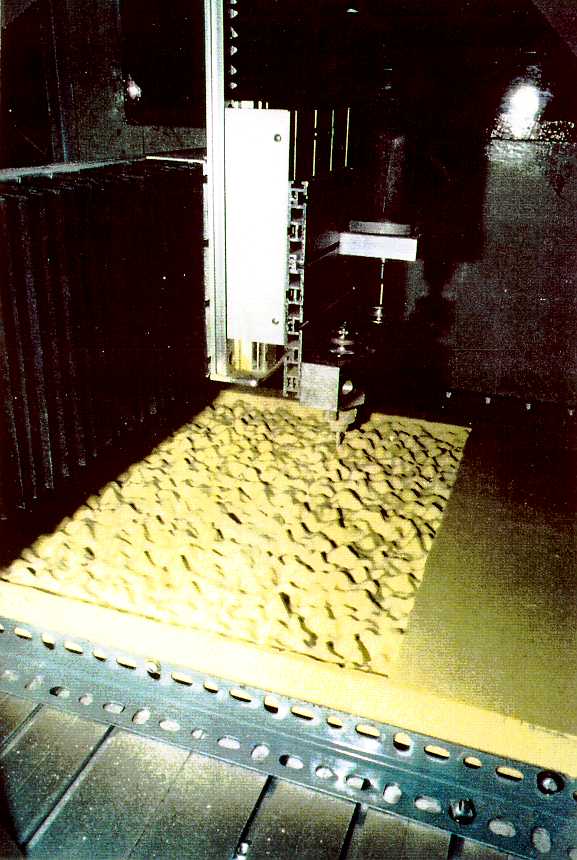
We have a unique capability of
fabricating rough
surfaces of different surface parameters. Our system consists of surface
generation software and a CAD/CAM system. The milling machine has a resolution
of less than 10 mm. The maximum surface size that can be fabricated with this
system is approximately 20’x30’.
 Optical
System Optical
System
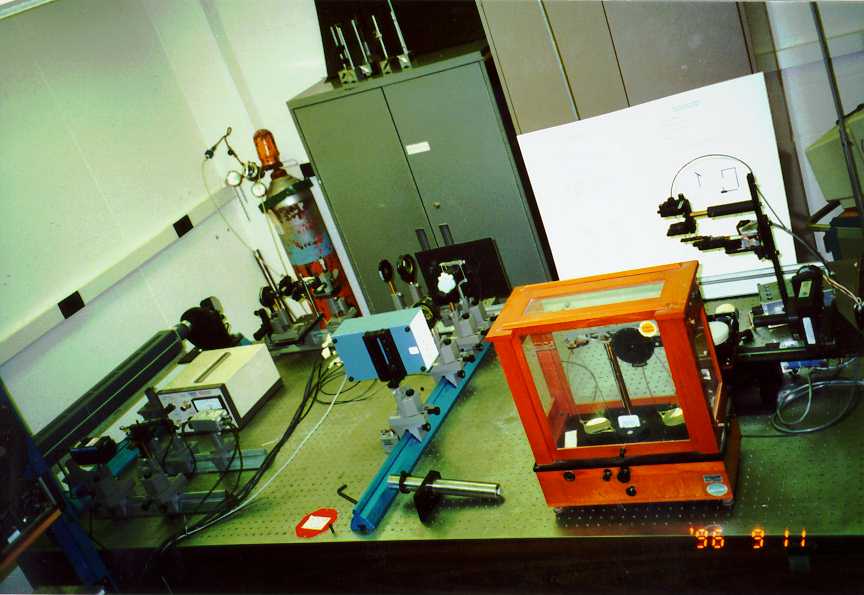
A
complete bistatic and fully polarimetric optical scattering system is also
available for this project. This system is mounted on a 4’x8’ optical bench and
the data acquisition is completely controlled by computer. A 4x4 complete
Mueller matrix is obtained by transmitting 4 different polarizations and
measuring the scattered intensity using 6 different polarizers.
 Microwave ,
MMW Material Characterization Microwave ,
MMW Material Characterization
We have
extensive microwave equipment including Agilent/HP vector network analyzers
(8510C, 8720E, 8722ET), an antenna range, and anechoic chamber. Our antenna
range has been used for both teaching microwave classes and research involving
the design of antennas. We have also developed a 75-110 GHz fully polarimetric
bistatic scatterometer, 30-40 GHz radar, and circular microwave imaging systems.
We have also developed hardware and software for microwave/millimeter-wave
material characterization systems. These systems can be used for our experiments
to verify our theoretical results. We have computer facilities for our
numerical work on Monte-Carlo simulations, integral equation solutions, imaging,
and metamaterial research.
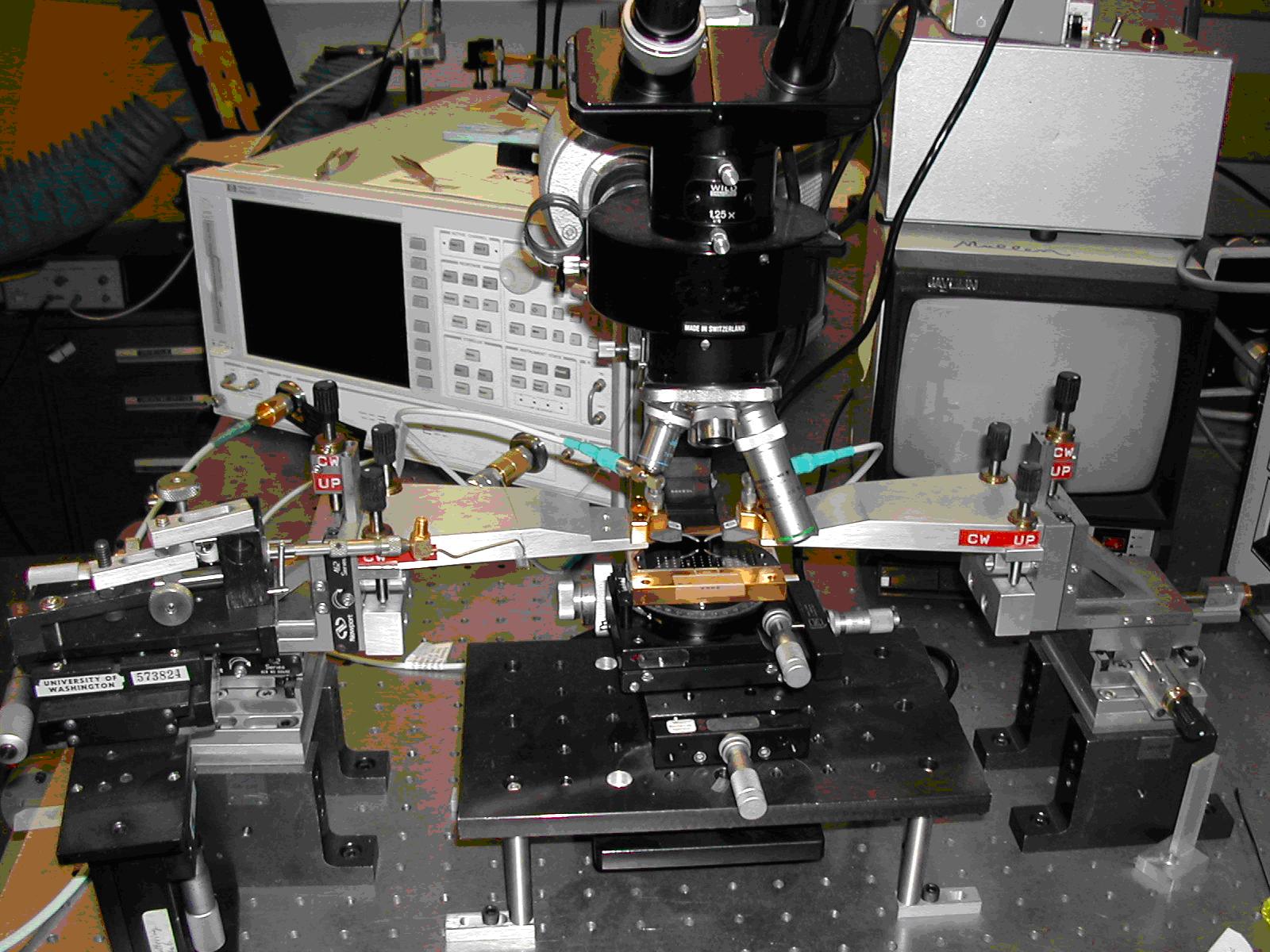
Microwave probe station for material and device characterizations.
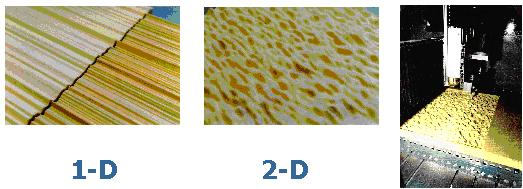
Random rough surface
created by computer-controlled surface milling machine.
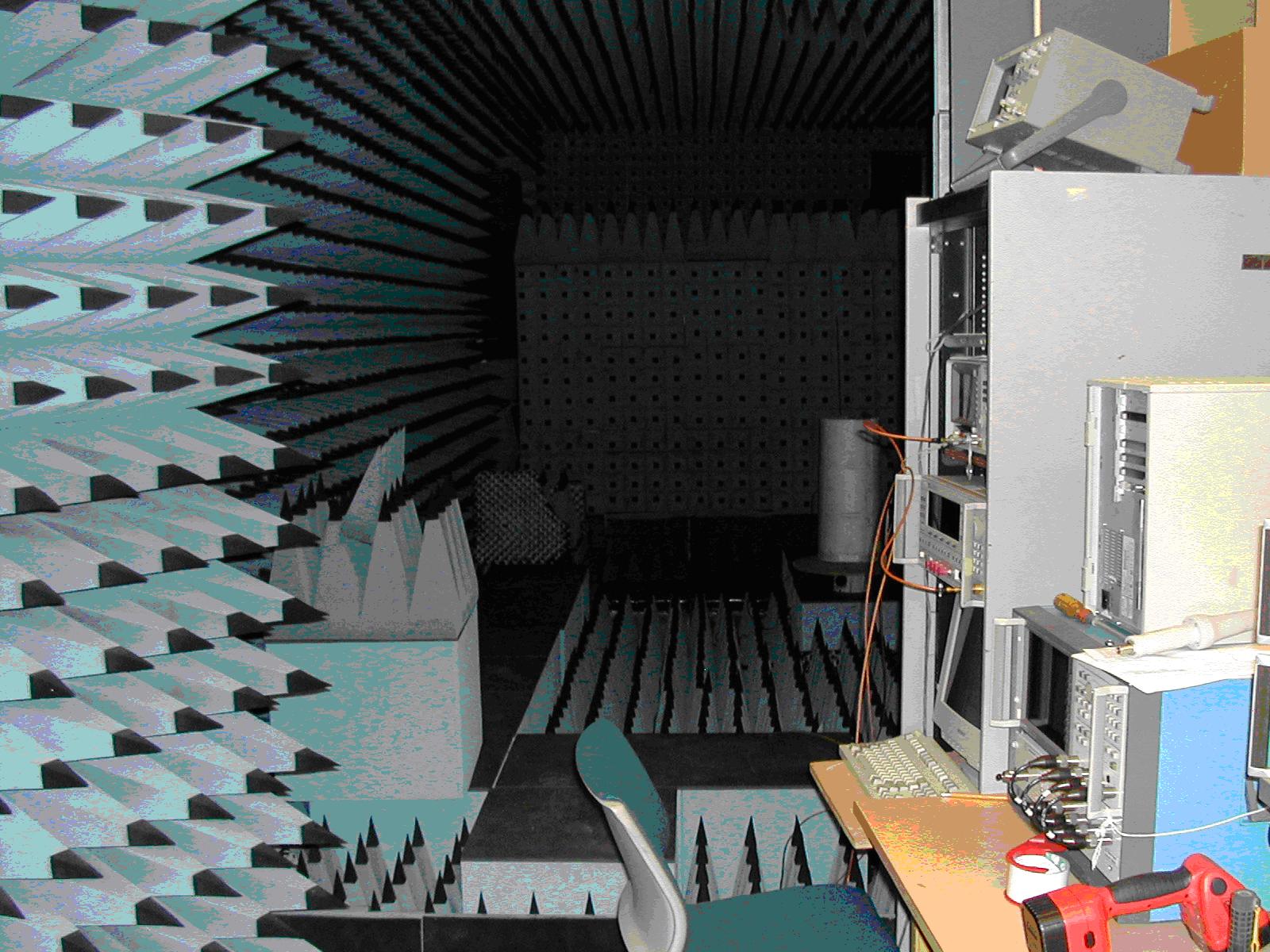
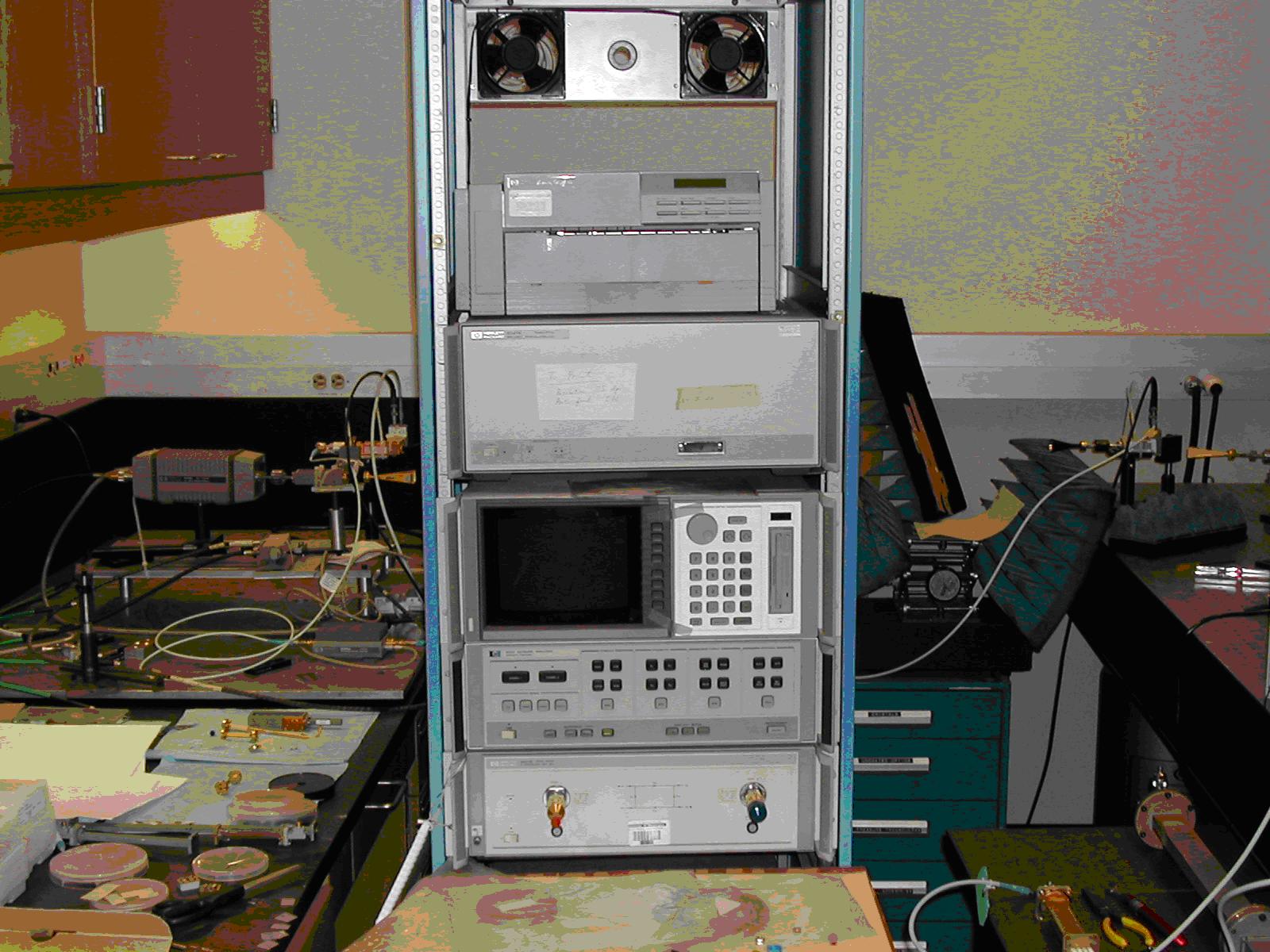
Left: Anechoic chamber
and antenna measurement system. Right: W-band (75-110 GHz) and V-band
(50-75 GHz) systems for transmission and reflection measurements.
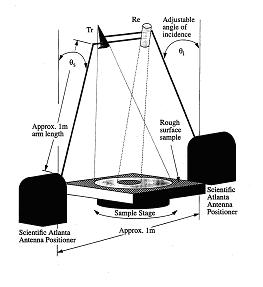 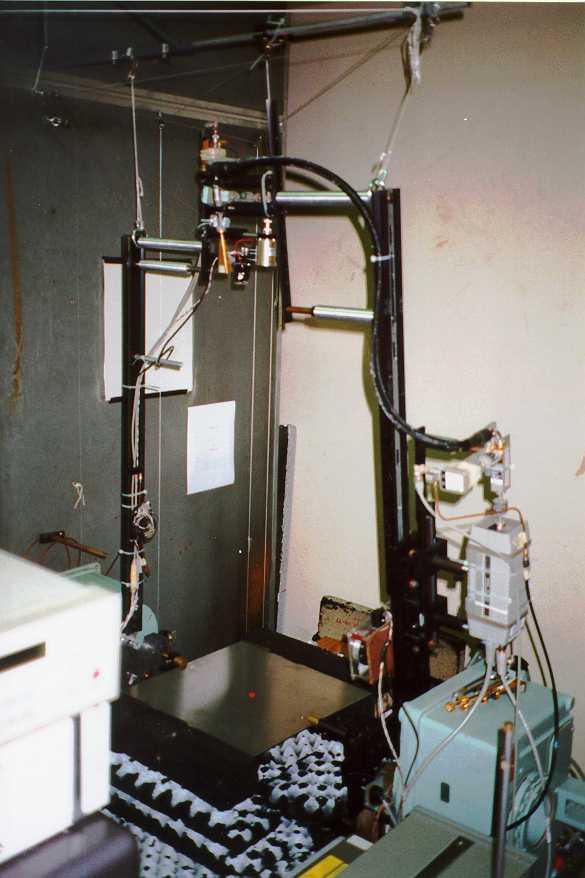 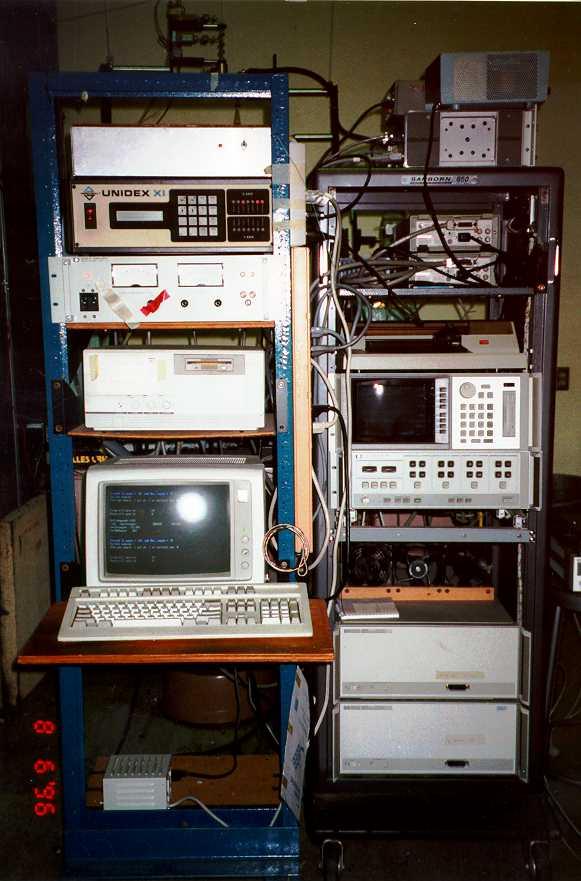
Millimeter-wave
bistatic measurement system
|




